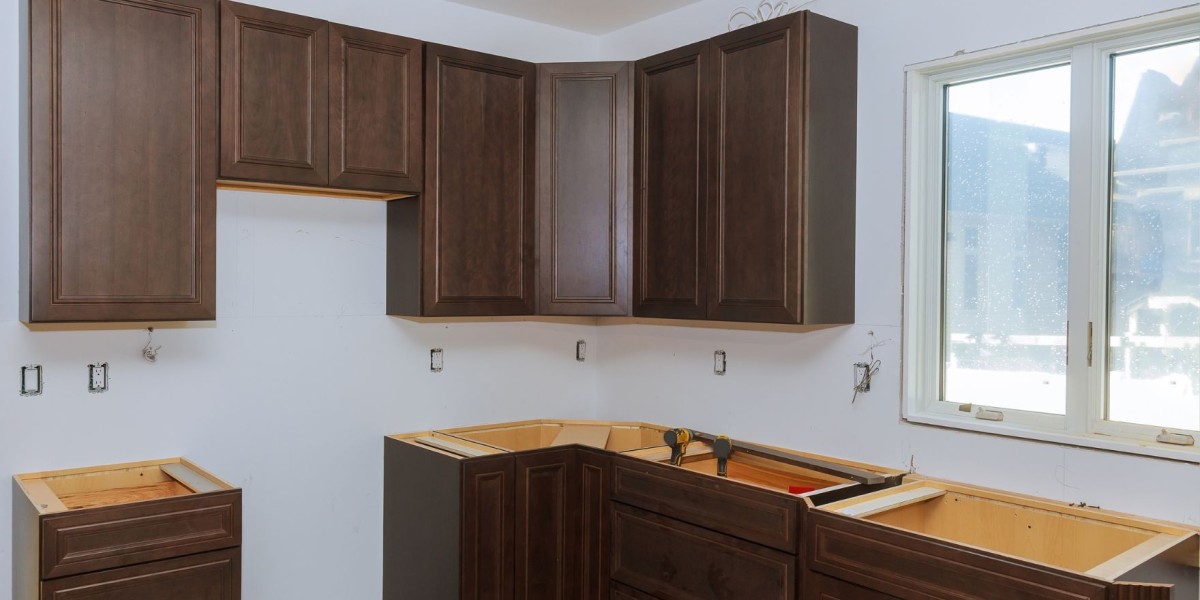In recent years, the tiny home movement has gained remarkable momentum. From minimalists seeking simplicity to adventurers craving mobility, more people are embracing the concept of downsizing and living in smaller, smarter spaces. But tiny homes are more than just a trend—they represent a shift in how we think about home, lifestyle, and sustainability.
What Is a Tiny Home?
A tiny home is typically defined as a dwelling under 400 square feet. These compact living spaces come in many forms: tiny houses on wheels, converted shipping containers, prefabricated units, or even custom-built structures. Despite their small size, tiny homes are designed to be functional, comfortable, and often luxurious.
Why Are Tiny Homes So Popular?
- Affordability
One of the most appealing aspects of tiny homes is their affordability. With the average cost of a traditional home in the U.S. exceeding $400,000, tiny homes—often priced between $30,000 to $80,000—offer a budget-friendly alternative. Lower costs mean lower mortgage payments, or even the possibility of living mortgage-free. - Sustainability
Tiny homes use fewer resources to build and maintain. Many incorporate eco-friendly features like solar panels, composting toilets, and rainwater collection systems. A smaller footprint means reduced energy consumption, making tiny living an attractive option for environmentally conscious individuals. - Simplified Living
Living in a tiny home encourages a minimalist lifestyle. With limited space, residents must be intentional about what they own. This often leads to less clutter, less stress, and more focus on what truly matters. - Flexibility and Mobility
Tiny homes on wheels offer the freedom to travel without sacrificing the comforts of home. Digital nomads, retirees, and adventure seekers alike enjoy the flexibility of relocating without the hassle of traditional moving.
Challenges to Consider
Tiny living isn't for everyone. Space constraints can be difficult for families or those with large belongings. Zoning laws and building codes can also pose hurdles, especially in urban areas where regulations may limit where tiny homes can be placed. However, as the movement grows, many cities and communities are updating their policies to accommodate alternative housing options.
Who Is Buying Tiny Homes?
While millennials initially fueled the tiny home boom, the demographic is expanding. Retirees looking to downsize, young couples seeking affordable housing, and even investors building tiny home communities are joining the movement. These homes are also being used as guest houses, rental properties, or backyard offices.
Final Thoughts
Tiny homes are redefining the idea of homeownership. They offer a unique combination of affordability, sustainability, and freedom that resonates with a wide range of people. Whether you're drawn to the idea of a minimalist lifestyle or looking for a creative housing solution, tiny homes provide a compelling option worth considering.
As housing costs rise and environmental concerns grow, tiny homes present a smart, modern alternative to traditional living—proof that sometimes, less really is more.



